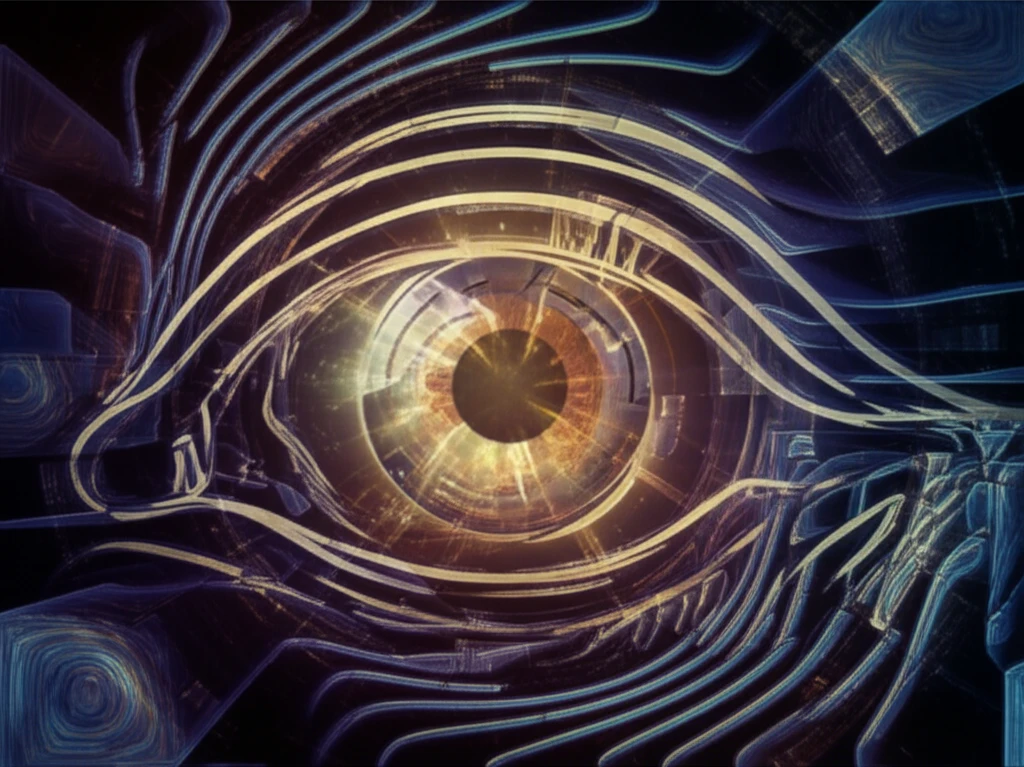
Motion Perception: How Your Brain Interprets Movement
"Decoding the link between shape, curvature, and motion to better understand visual processing"
Our brains are incredibly skilled at interpreting the world around us, especially when it comes to motion. Imagine watching a bird fly or a car speed by—how does your brain translate these visual cues into a seamless perception of movement? Scientists have long been fascinated by this question, diving deep into the mechanisms that allow us to understand motion in its many forms.
A recent study sheds light on this intricate process, focusing on how our brains code curvature to perceive motion. Curvature, in this context, refers to the bends and shapes of objects we see. The study reveals that this curvature coding is finely tuned for motion direction, luminance (brightness), and temporal frequency (how quickly something changes).
The researchers used shape after-effects, specifically the shape-frequency after-effect (SFAE) and the shape-amplitude after-effect (SAAE), to investigate how our brains process these visual elements. Think of after-effects as visual illusions that occur after prolonged exposure to a stimulus. The SFAE and SAAE are believed to be linked to curvature-sensitive mechanisms in our visual system.
What are SFAE and SAAE, and How do They Relate to Motion?

The shape-frequency after-effect (SFAE) and shape-amplitude after-effect (SAAE) are visual illusions that help scientists understand how our brains perceive shape and curvature. In essence, these after-effects cause a shift in how we see the frequency and amplitude of shapes after we’ve been exposed to an adapting stimulus.
- Shape-Frequency After-Effect (SFAE): Adaptation to a sine-wave-shaped contour causes a shift in the apparent shape-frequency of a test contour in a direction away from that of the adapting stimulus.
- Shape-Amplitude After-Effect (SAAE): Adaptation to a sine-wave-shaped contour causes a shift in the apparent shape-amplitude of a test contour in a direction away from that of the adapting stimulus.
Why is this Research Important?
Understanding how our brains code curvature and motion is essential for several reasons. Firstly, it deepens our fundamental knowledge of how the visual system works. Secondly, it has implications for various applications, such as improving artificial vision systems, enhancing visual rehabilitation strategies, and designing more effective visual displays. Ultimately, by unlocking the secrets of motion perception, we can gain valuable insights into the brain's remarkable ability to make sense of the dynamic world around us.
